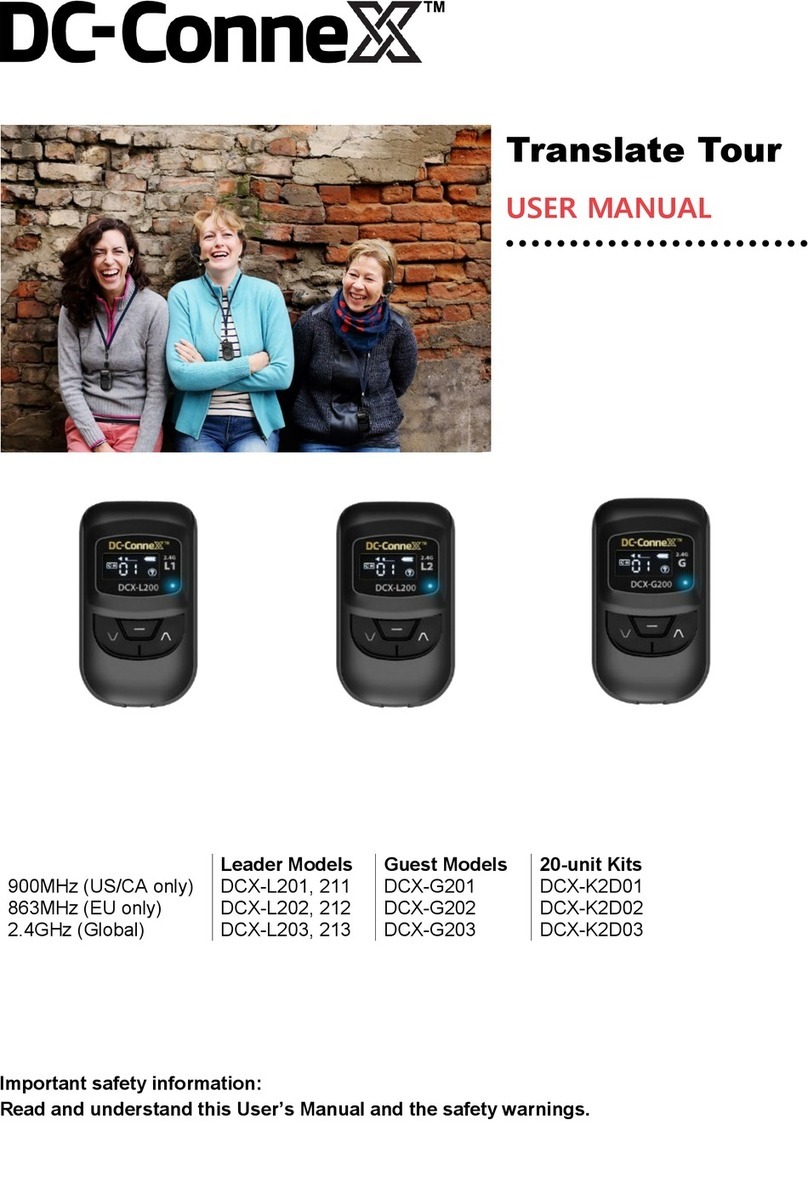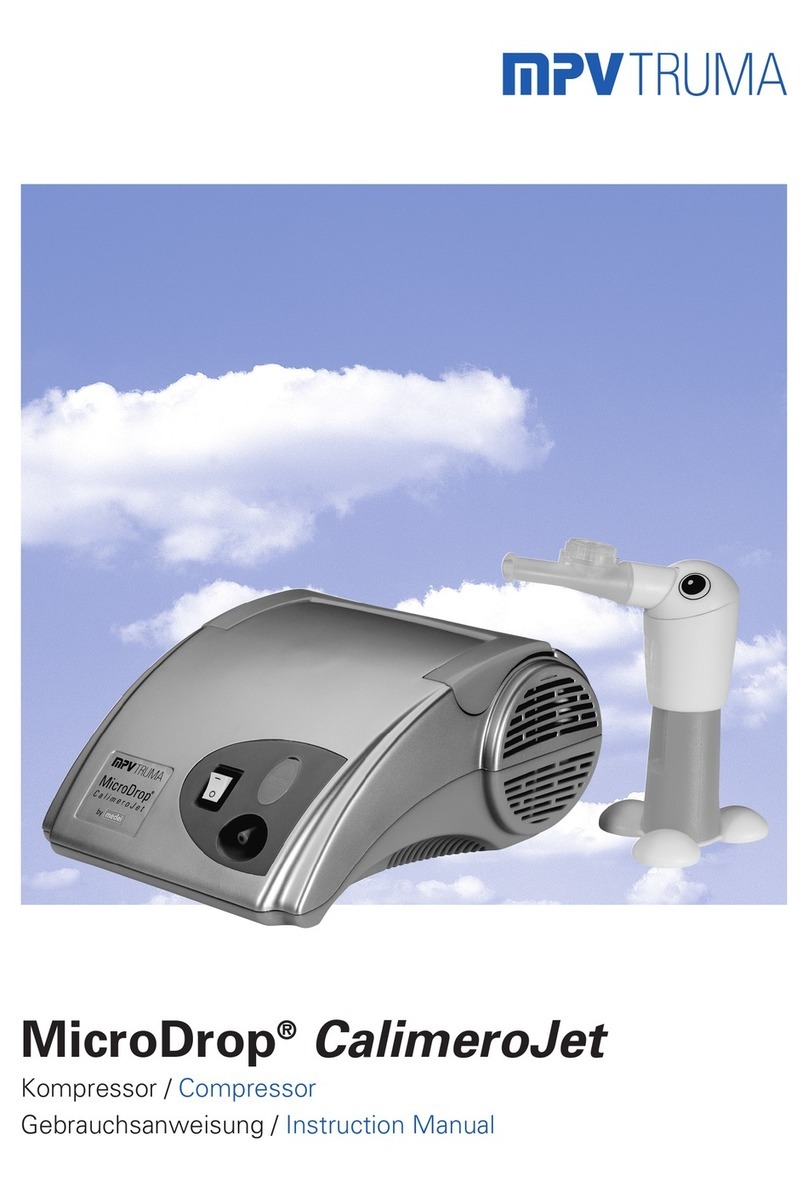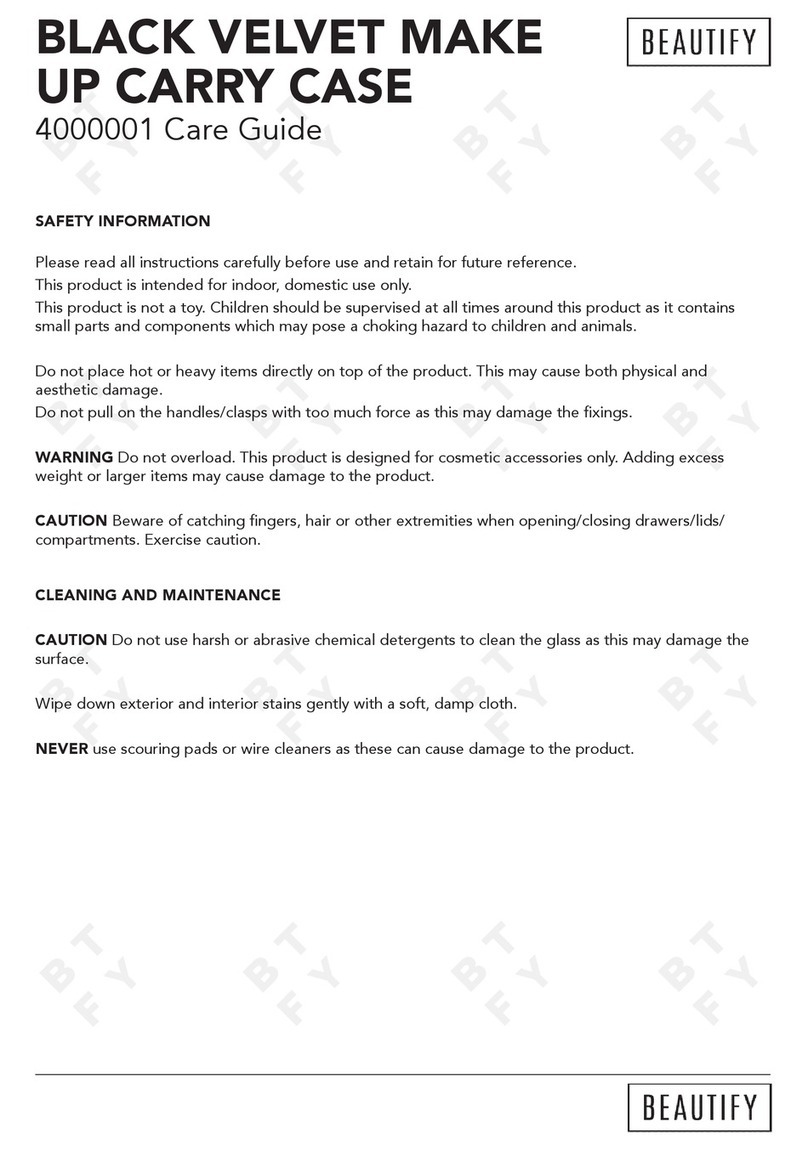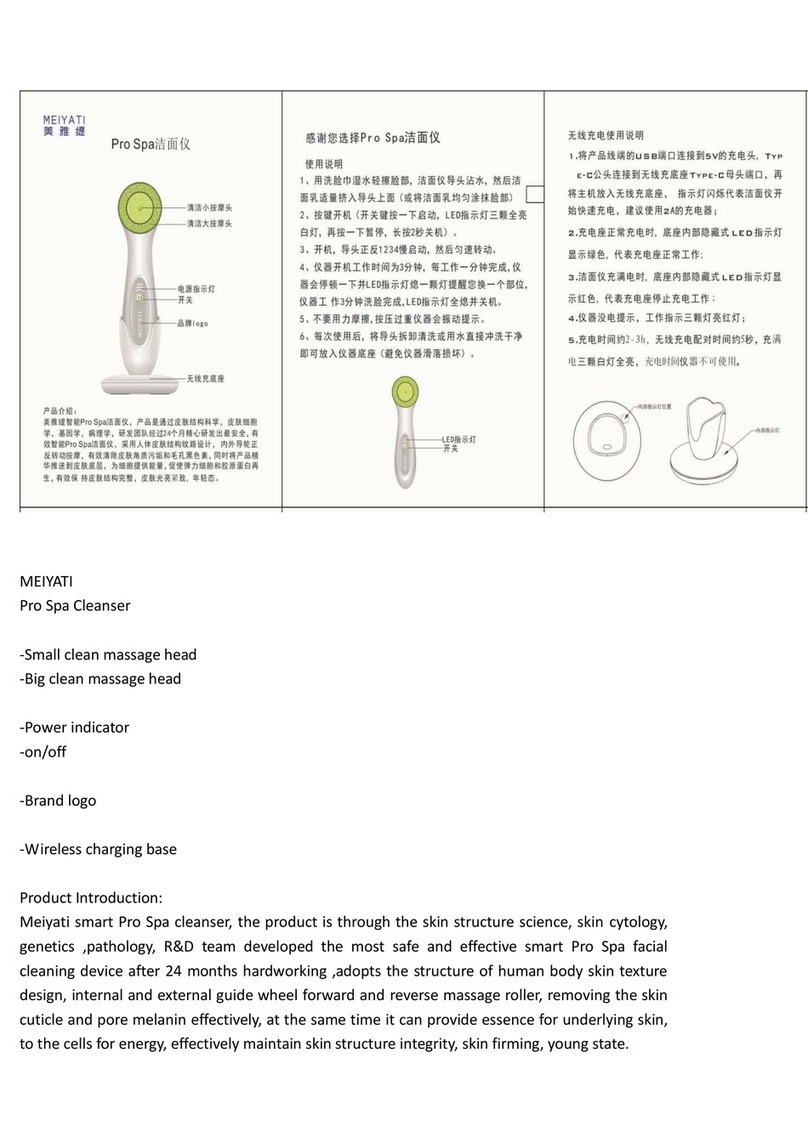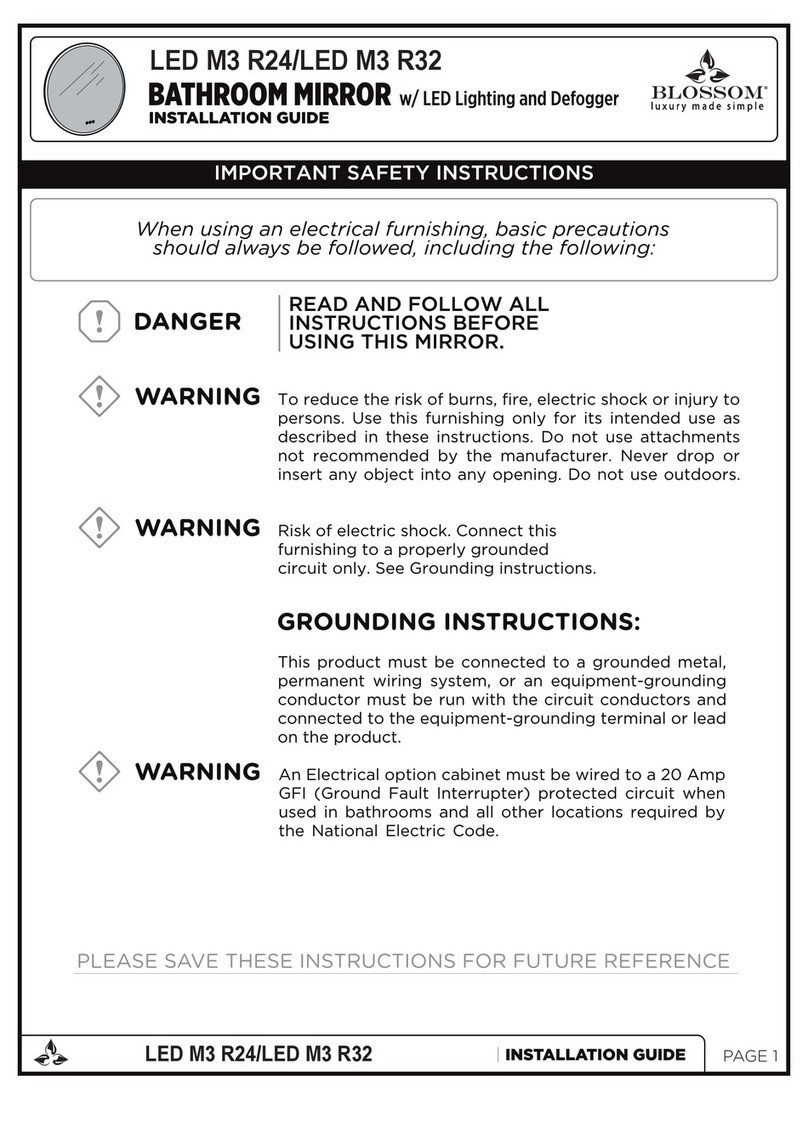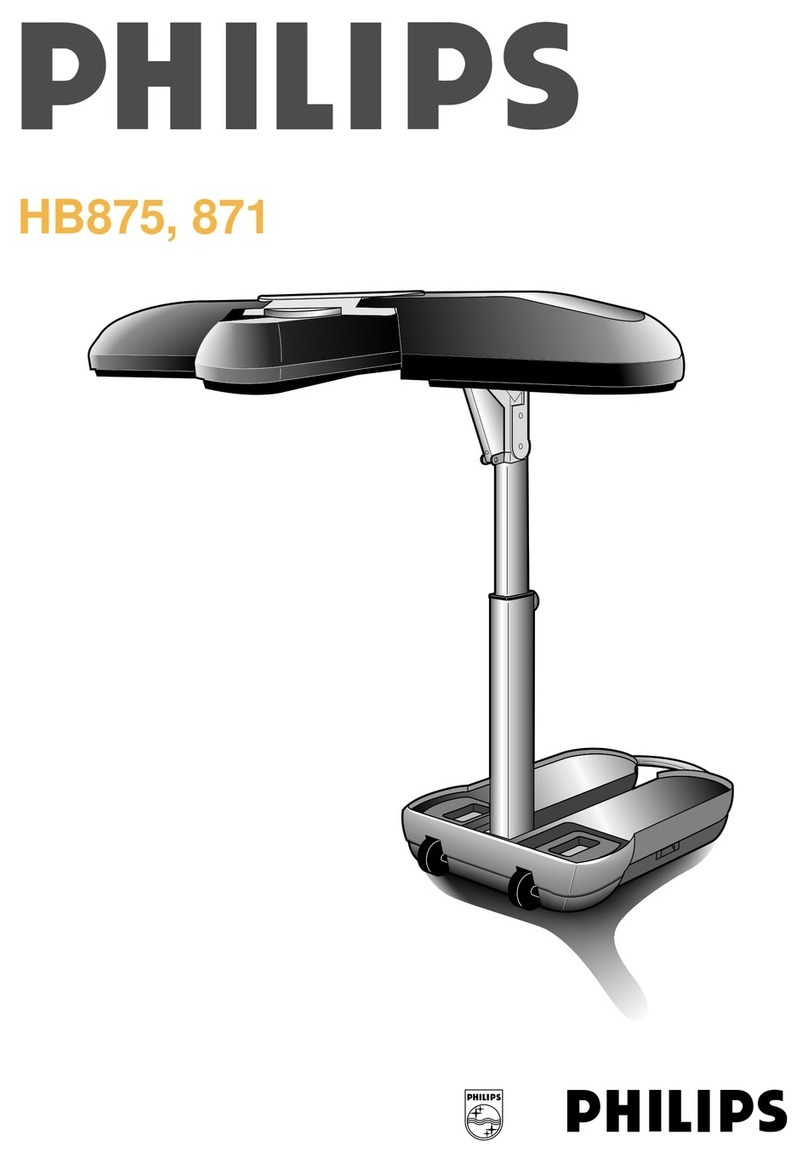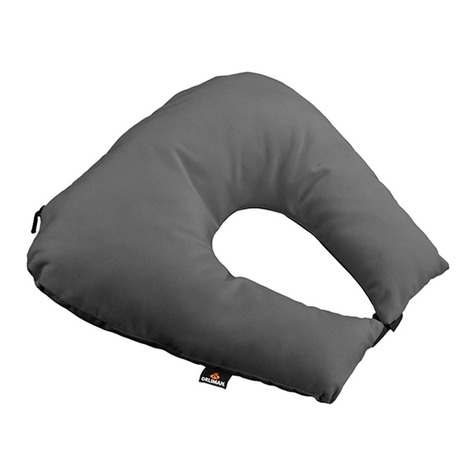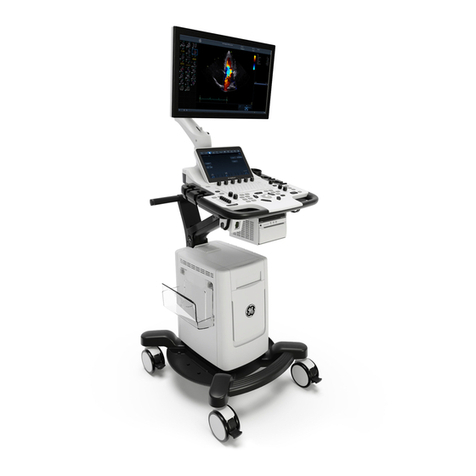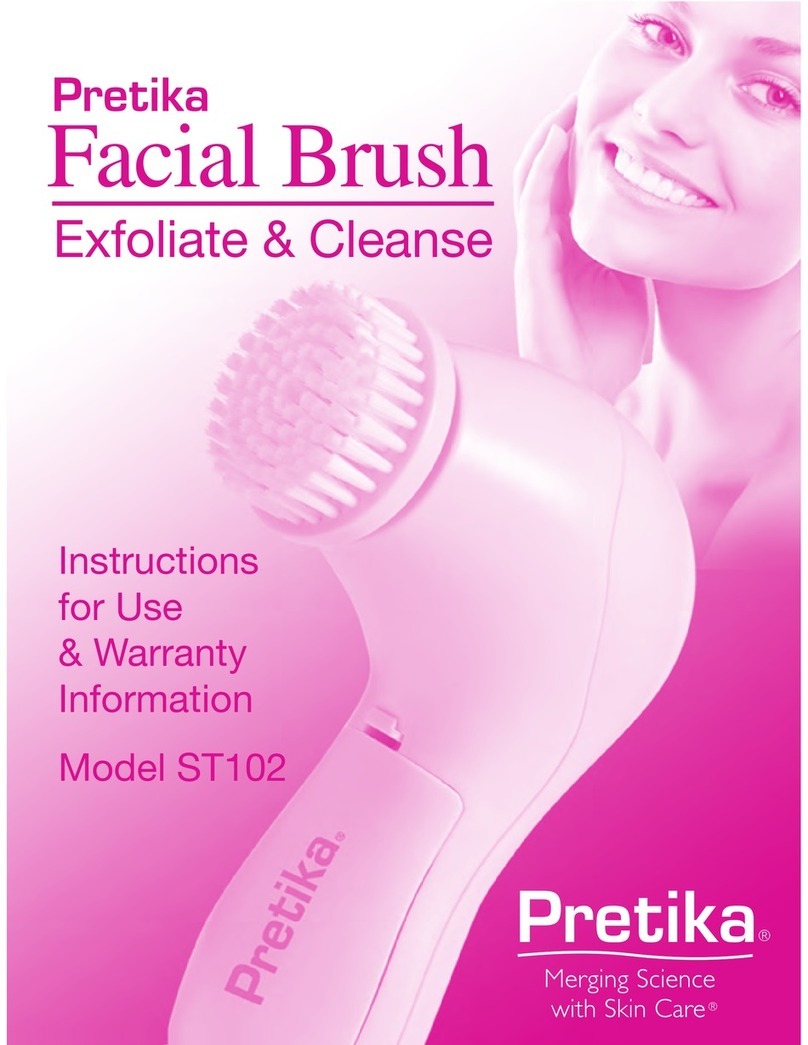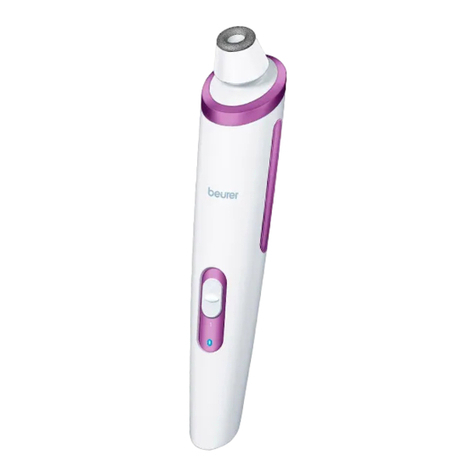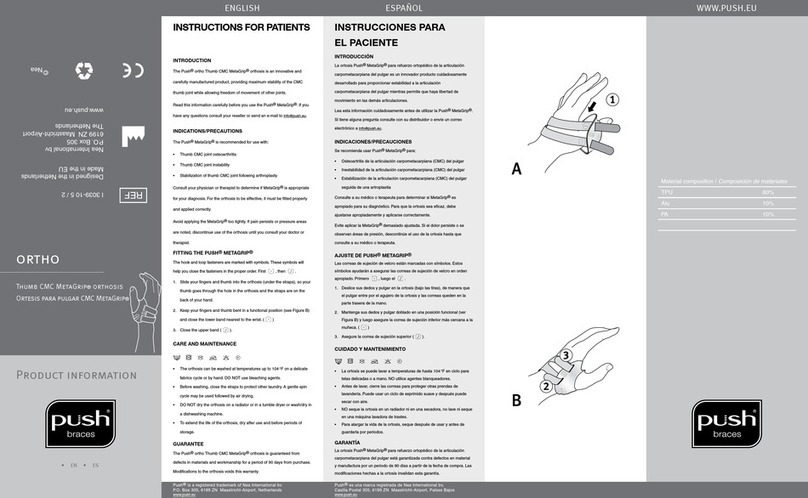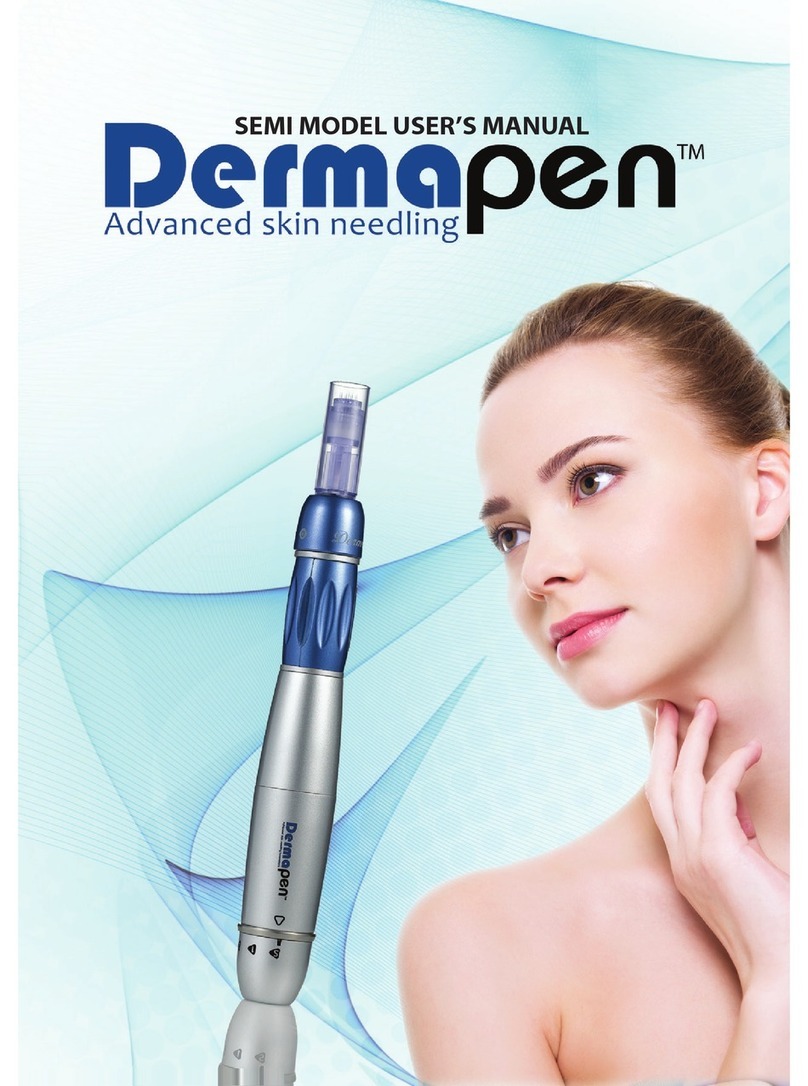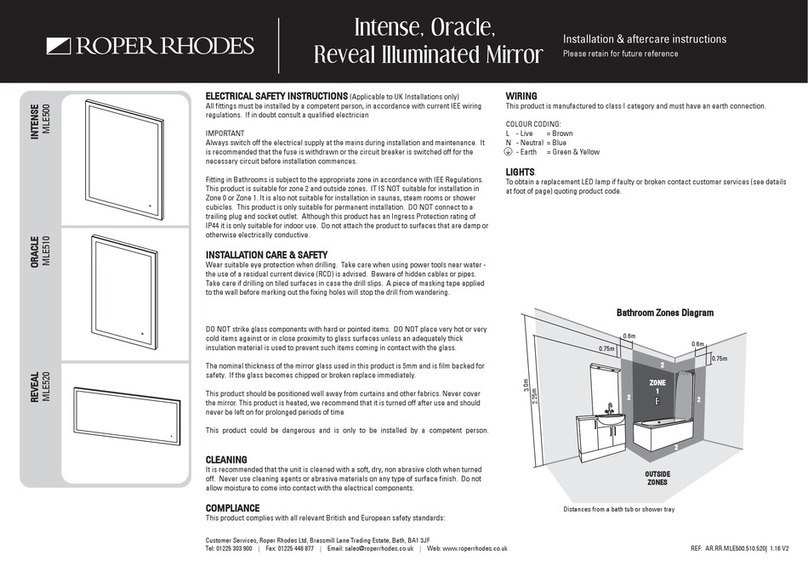Proactive Medical PROTEKT 32500 User manual

270 Washington Street
Mount Vernon, NY 10553
855-237-7622
www.proactivemedical.com
OWNER’S MANUAL
1
MODEL: 32500
STANDING TRANSFER
PROTEKT ®DASH

2
following:
For further assistance, contact your local dealer or Proactive Medical at the
components, contact the shipping company immediately and file a claim.
be badly damaged. If the merchandise is received damaged or is missing
free from any shipping damage. Refuse delivery if the packaging appears to
Upon receipt of your patient lift, verify that all merchandise is complete and
INSPECT YOUR MERCHANDISE
Date of Purchase:________________________________________
Serial #:________________________________________________
Telephone:______________________________________________
Supplier Name:__________________________________________
To better serve you, please record the following information:
Thank you for choosing the Protekt ®Dash Standing Transfer!
Proactive Medical Products
270 Washington Street
Mount Vernon, NY 10553
Tel: 855-237-7622
www.proactivemedical.com

WARNING: Do not operate the Protekt® Dash Standing Transfer 32500 without
first reading and understanding this manual. If you do not understand the
warnings, cautions, and instructions provided herein, contact your professional
medical advisors, authorized distributor, or technical representative before
proceeding with the use of this product; otherwise personal injury or damage
to your Standing Transfer could result.
3

1. INTRODUCTION
Important safety, operating, and maintenance instructions that warrant your attention are
included in this manual. Read the entire manual carefully before operating your new Protekt®
Dash Standing Transfer 32500, keep it handy for future reference, and refer to it as often as
necessary to help maintain good performance standards.
The Protekt® Dash Standing Transfer is a manual standing aid that requires patients to assist
themselves in preparation for transport. Patients qualified to use the Standing Transfer must
have adequate arm strength to pull themselves upward and enough leg strength to support their
own weight. Patients who meet these criteria and have difficulty walking will find the Standing
Transfer a useful transport device. Functionally, the Standing Transfer is positioned between a
traditional walker and a battery powered sit-to-stand lift. The Standing Transfer is a convenient
toileting alternative to a wheelchair. Once the resident has positioned themselves on board, the
split seat can be positioned to allow the resident to sit comfortably while a caregiver
performs the transport. For residents lacking the strength to assist themselves, we
recommend a battery powered sit-to-stand lift.
The Protekt® Dash is capable of the following transfers when used according to the instructions:
•Bed to chair/wheelchair
•Bed/chair/wheelchair to commode
•Room to room
The safety precautions in this manual are general warnings intended to be used only as
basic guidelines. You may find it necessary to develop your own methods for safely solving
frequently encountered challenges. Again, consult your professional medical advisors for their
recommendations about safety methods, and never hesitate to ask for their assistance.
INTENDED USE
The Standing Transfer's intended use is as a transport assistance unit.
Contraindication
The Protekt® Dash Standing Transfer is intended for use by residents who have the strength and
stability to lift and support themselves. We recommend a battery powered sit-to-stand lift for
residents with limited strength and stability.
WARNING: Personal Injury - This device is designed for transport assistance
of individuals between approximately 5'1" and 6'6" (155 cm and 198 cm) in
height. Verify this information on the individual being transferred before use.
4

2.SAFETY PRECAUTIONS
WARNING: Always follow these safety precautions when using your Protekt®
Dash Standing Transfer. Failure to do so could result in personal injury to you or
others or damage to the Standing Transfer.
Safety requires the constant attention of the Standing Transfer user and attendant.
It is extremely important to learn and always use safe methods of performing basic
daily activities. Always consult your professional medical advisors to determine those
methods most suitable for your individual abilities.
SIGNIFICANCE OF SAFETY STATEMENTS
Please note the following special statements used throughout this manual, and their
significance:
WARNING: Indicates a potential hazardous situation or unsafe practice that, if not
avoided, could result in death or serious personal injury.
CAUTION: Indicates a potential hazardous situation or unsafe practice that, if not
avoided, could result in minor or moderate personal injury.
NOTICE: Indicates a potential hazardous situation or unsafe practice, if not
avoided, could result in product or property damage.
WARNINGS!
WARNING: Only qualified caregivers trained in the Standing Transfer should use it
to transport patients.
WARNING: Do not use the Standing Transfer to transport patients who are unable
to pull themselves upright and support their own weight.
WARNING: The Protekt® Dash Standing Transfer's maximum weight capacity is
500 lbs. (230 kg), EVENLY DISTRIBUTED. Never use the Standing Transfer to
transport a patient whose weight exceeds 500 lbs. (230 kg).
WARNING: Before using the Standing Transfer for patient transport, check the
Standing Transfer to ensure all components are properly and securely
assembled and in working order.
WARNING: Do not leave a patient unattended during any part of the transport.
WARNING: If components are damaged or missing, contact your Proactive Medical
authorized distributor immediately. DO NOT use substitute parts. Use only
Proactive Medical replacement parts. The use of non-Proactive replacement parts
could cause personal injury, property damage, and void the warranty.
5
Table of contents
